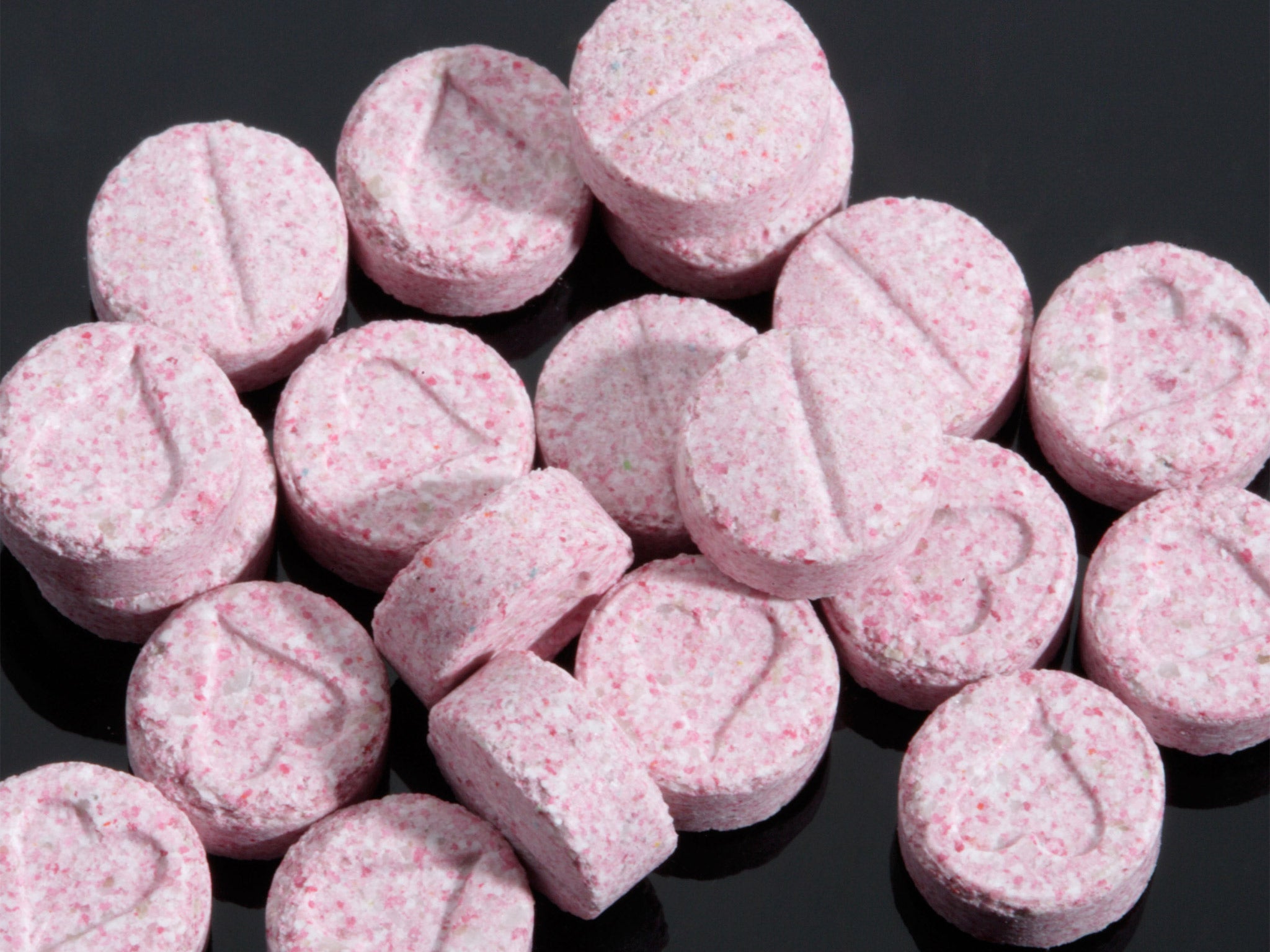Concerns grow over 'PMA', a drug compound similar to ecstasy which has been implicated in 17 deaths in 2012 alone

Your support helps us to tell the story
From reproductive rights to climate change to Big Tech, The Independent is on the ground when the story is developing. Whether it's investigating the financials of Elon Musk's pro-Trump PAC or producing our latest documentary, 'The A Word', which shines a light on the American women fighting for reproductive rights, we know how important it is to parse out the facts from the messaging.
At such a critical moment in US history, we need reporters on the ground. Your donation allows us to keep sending journalists to speak to both sides of the story.
The Independent is trusted by Americans across the entire political spectrum. And unlike many other quality news outlets, we choose not to lock Americans out of our reporting and analysis with paywalls. We believe quality journalism should be available to everyone, paid for by those who can afford it.
Your support makes all the difference.Its effects are unpredictable and potentially lethal. Yet no one knows exactly how many of the estimated 30 million ecstasy pills consumed each year in Britain contain it.
Growing concerns over the use of para-Methoxyamphetamin – better known simply as PMA - were highlighted again yesterday when a judge jailed a man for supplying his girlfriend with pills laced with the illegal chemical.
Nicole Tomlinson, 19, was among nearly 20 people to die in 2012 after taking the substance. The teenager had believed she was swallowing ecstasy purchased by James Meaney, 22, the father of her two-year-old son. He had bought them at a party in Darlington, Co Durham, but like many who take the drug unwittingly, Ms Tomlinson thought they were not working at first and took three to boost the effect.
Sentencing Meaney to seven months in jail at Teesside Crown Court after he pleaded guilty to supplying class A drugs, Judge Tony Briggs admitted he had never heard of PMA. “The absolutely lethal effects of it ought to be more widely known,” he said. "The danger needing to be emphasised is people think it's not working and take more, and the dose is doubled or trebled,” he added.
Many regular ecstasy users, believed to number around 500,000 in the UK, are blithely unaware of the fatal gamble posed by a substance that has been around for as long as MDMA – the active ingredient in the notorious dance drug which itself resulted in the deaths of around 35 people a year between 2006-10.
But for many the arrival of PMA is not just another media drugs scare story, rather a clear and present danger to recreational drug takers. According to the National Programme on Substance Abuse Deaths the growing prevalence of PMA in pills being sold as ecstasy is a matter of “particular concern” set against a background of declining drug use and a fall in heroin deaths.
In 2012 PMA was found in the postmortem toxicology tests of 19 people who died from suspected drug poisoning. In 17 cases it was considered the cause of death – up from zero in 2010.
There have been a number of well-reported clusters centring on the North West of England, Scotland and Northern Ireland where reports have blamed pills with exotic street names such as Pink Ecstasy, Green Rolex, Dr Death and Mortal Kombat.
But the reality is that they were purchased simply as ecstasy for as little as £5 each.
Mike Power, author of Drugs 2.0, who has spent the last three years researching the substance, said pills containing PMA are being passed off by unscrupulous suppliers looking to boost their profits. Its prevalence is not known.
“In an unregulated market that is controlled by gangsters there is no quality control – which is an argument for a more regulated market,” he said.
The steep dose-response curve of PMA and its sister substance PMMA means that whilst it can produce the desired euphoric effects at relatively low dosages, taking more than one pill can dramatically increase the physiological impact especially when it is taken – as it nearly always is - in conjunction with MDMA. The slow onset of the high makes it particularly dangerous convincing users into taking more than one pill at a time.
“The key message is that it is a very unpredictable substance. Many of those who have died in recent years likely had prior experience with MDMA – and survived. But when mixed with PMA by unscrupulous gangsters and sold as fake Es, they died,” said Mr Power.
PMA cause heart rate and body temperature to rise as a result of increases in serotonin levels. Users can simply boil to death.
“The drug PMA was first synthesised in 1967 by the psychedelic chemist Alexander Shulgin [the so-called godfather of MDMA, who rediscovered the active ingredient in Ecstasy in the 1960s] and he advised people to stay away from this compound. In other words the world's most prolific drug experimenter said: 'Don't take it',” explained Mr Power.
Charities such as DrugScope have warned that in contrast to the early 1990s, when rave culture and ecstasy use were at their height, the public knowledge that could prevent deaths has been lost.
Chief executive Marcus Roberts said: “The current generation of clubbers are probably unaware of many of these protective measures – for instance, not increasing dosage and not allowing the body to get over heated. It’s important that we find ways of reminding young people of this type of information, not only with regards to Ecstasy, but also to the many other new drugs now on the UK scene.”
Join our commenting forum
Join thought-provoking conversations, follow other Independent readers and see their replies
Comments